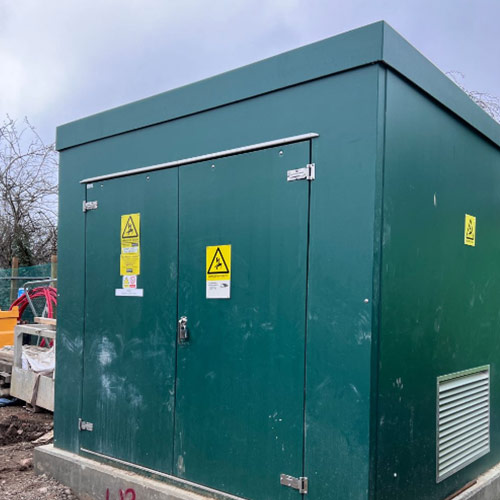Electrical Substation Installation
The installation of electrical substations is a meticulous process crucial for transforming voltage levels and ensuring the efficient distribution of electricity.
This comprehensive undertaking encompasses several vital steps, including meticulous site selection, precision engineering design, procurement of quality equipment, and meticulous construction. The site selection phase is particularly critical, determining the effectiveness and safety of the substation. Engineers carefully design the layout and components, considering power requirements, environmental impact, and future expansion possibilities. Procuring involves acquiring transformers, switchgear, and other components from reputable suppliers. Finally, during construction, the equipment is installed, thoroughly tested for functionality, and commissioned, ensuring the substation is ready for operation.
What exactly is an electrical substation?
An electrical substation is a vital component of an electrical system that plays a crucial role in efficiently distributing electricity. It is a facility where voltage levels are changed and controlled as electricity moves between transmission and distribution systems. The primary purpose of an electrical substation is to step higher voltages down to a level suitable for use in homes and businesses. This is done through circuit breakers and other equipment to ensure safe and reliable power delivery. With substations, it is possible to have a functioning distribution system that can efficiently provide electricity to consumers. The installation and maintenance are essential to ensuring the stability and reliability of the overall electrical grid.
How does an electricity substation operate?
It operates by receiving high-voltage electricity from power plants or transmission lines and then converting it to lower voltages that can be distributed to homes and businesses. The substation typically consists of several components, including switches, reclosers, and other equipment that help control the flow of electricity.
One of the main functions of the substation is to protect against power surges that could damage electronic devices. By regulating the voltage and using reclosers to reset the circuit automatically in case of a fault, the substation helps keep the power supply stable and reliable.
In summary, an electricity substation is an intermediary between the high-voltage transmission lines and the lower-voltage distribution lines that deliver power to our homes and businesses. Its components work together to ensure a constant electricity supply while protecting against potential hazards like surges and faults.
What else do substations do?
They play a crucial role in distributing electricity from power plants to consumers. In addition to transforming voltage levels, substations serve several other essential functions. One of these functions is monitoring and controlling the flow of electricity through the grid. Substations help ensure power is distributed efficiently and safely to different areas. They also help protect the grid from power surges and outages using devices such as circuit breakers and protective relays. Furthermore, substations can also be equipped with switchgear to isolate faulty equipment or grid sections, allowing for repairs or maintenance to be carried out accordingly. Overall, substations are vital components of the electrical grid, helping to ensure the reliable supply of electricity to consumers.

FAQs
Yes, modern electrical substations are designed to accommodate renewable energy sources like solar and wind. Integration involves advanced technologies to manage the variable output of these sources and contribute to a more sustainable and resilient power grid.
Electrical substations enhance grid reliability by regulating voltage, managing power flow, and providing a means to isolate faulty sections. They play a critical role in minimizing downtime, preventing blackouts, and ensuring a continuous and stable power supply.
Safety measures for electrical substations security include perimeter fencing, warning signs, restricted access, and protective equipment for personnel. Emergency response plans and protocols are also established to handle unforeseen incidents and ensure the safety of workers and the public.
Regular maintenance includes testing and inspection of equipment, cleaning, lubrication, and ensuring the integrity of structural components. Preventive maintenance is crucial to identify and address potential issues before they lead to system failures.
Electrical substations are classified based on their function and role in the power grid. Common types include step-up substations (near power plants), step-down substations (closer to consumers), distribution substations, and switching substations.
Typical components include transformers, circuit breakers, busbars, isolators, and control equipment. These work together to regulate voltage, protect the system from faults, and control the flow of electricity within the substation.